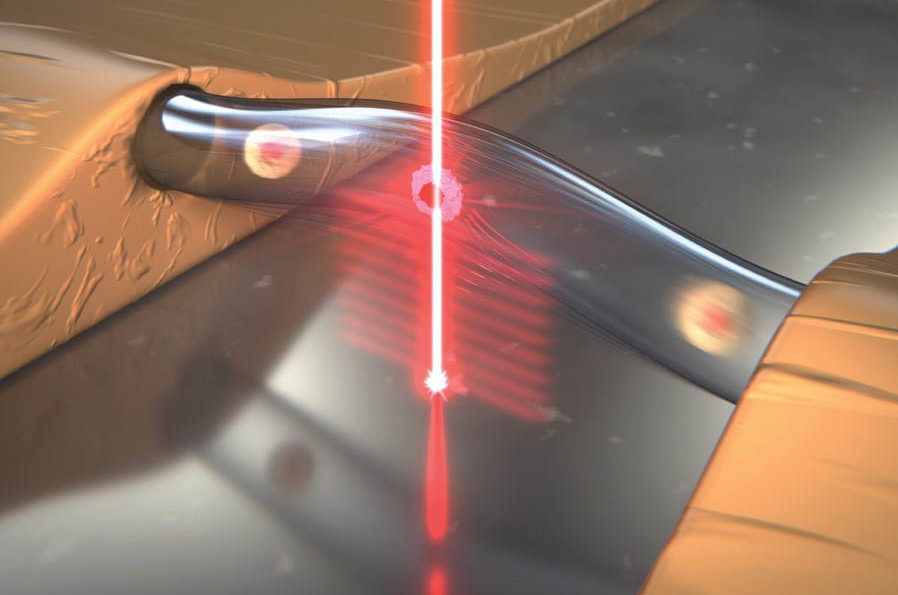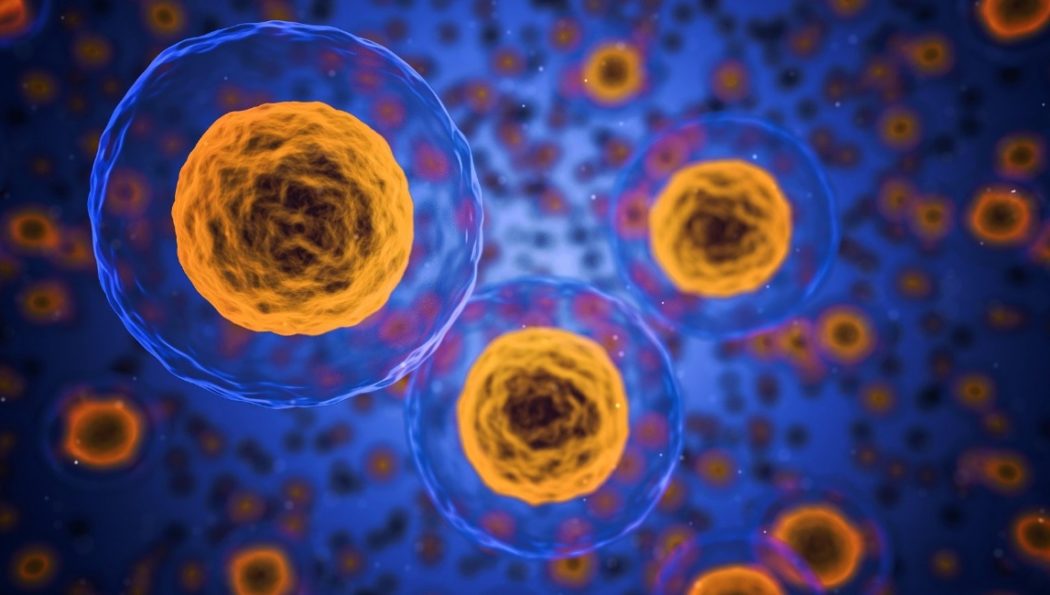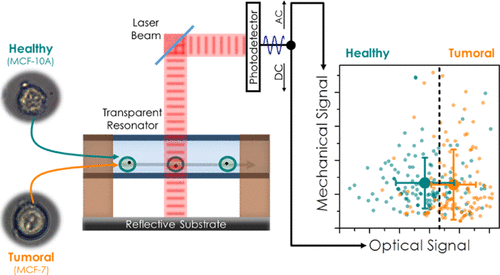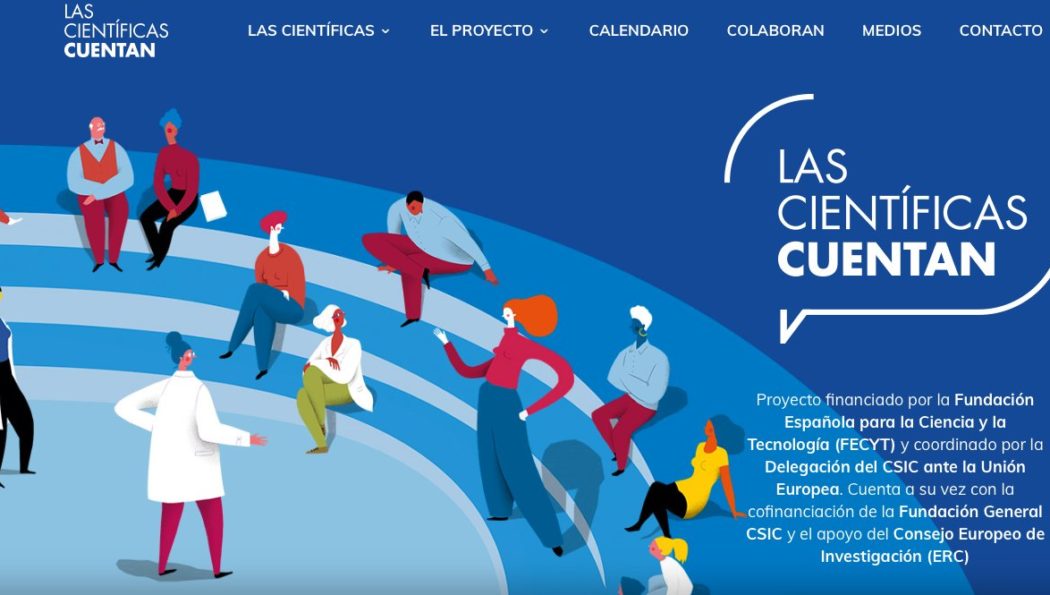Presentation of the #AlianzaSTEAM for female talent
Presentation of the #AlianzaSTEAM for female talent. The Ministry of Education and Vocational Training and more than fifty entities come together to promote scientific-technological vocations among girls and young people. Live interventions by Minister Isabel Celaá, Carmen Fenoll, Montserrat Calleja, Nuria Oliver, Blanca Huergo and Anna Cabré .; and video interventions by Jane Goodall, English ethologist and UN Messenger of Peace, a pioneer in the study of wild chimpanzees; Jen Herranz, FP student, videogame creator and entrepreneur; and Gitanjali Rao, inventor and Girl of the Year according to TIME Magazine and the European Commissioner for Research, Innovation, Education, Culture and Youth, Mariya Gabriel.







